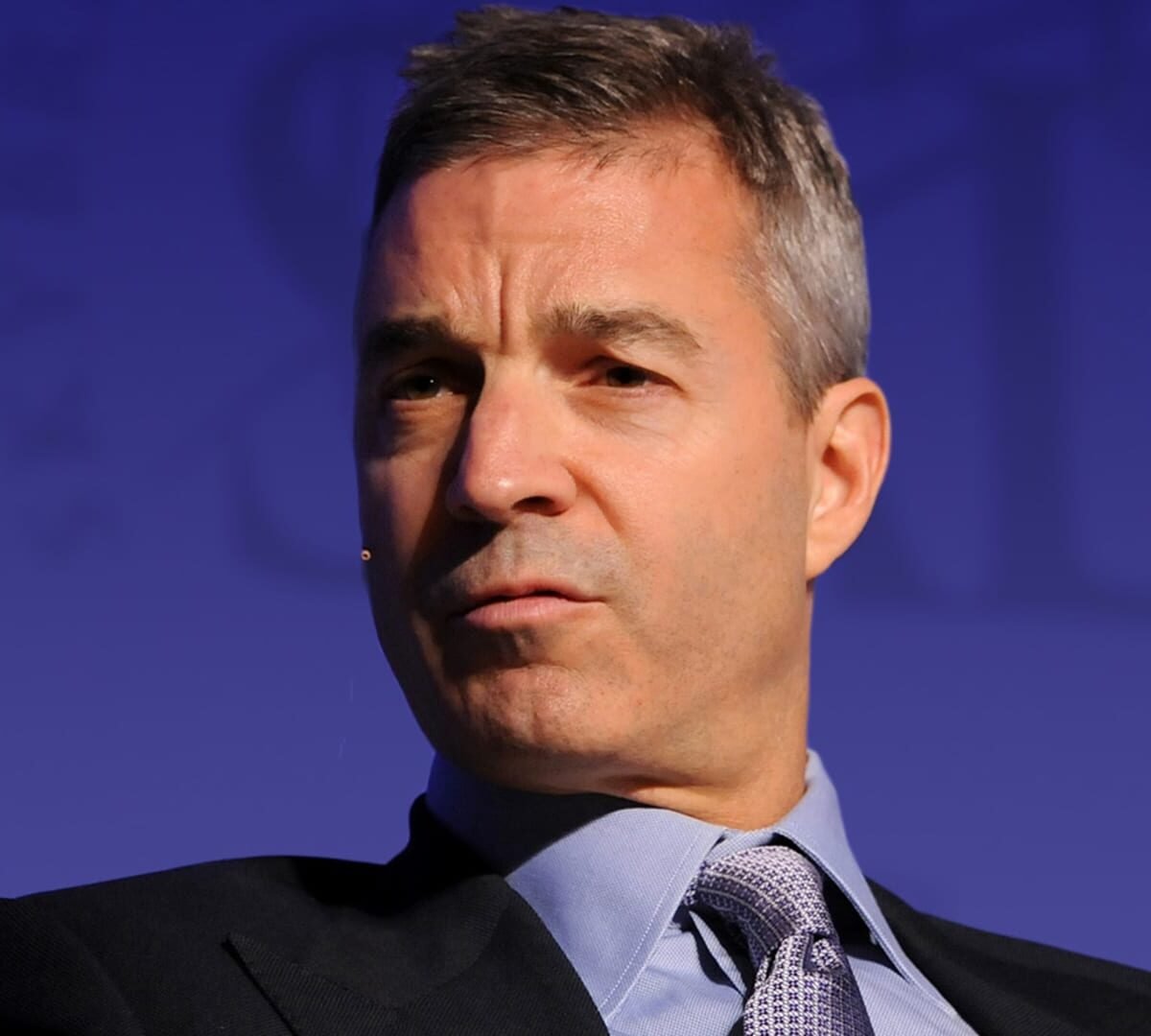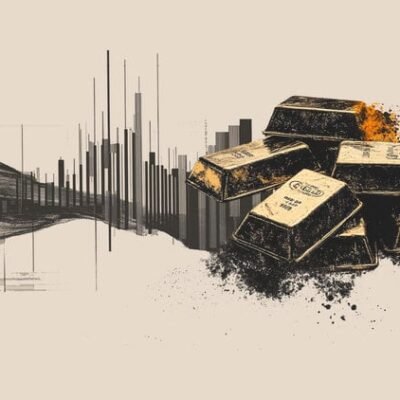Third Point’s Dan Loeb said he is finding companies outside of the red-hot digital world appealing as he hunts for overlooked opportunities beyond the “Magnificent Seven” tech giants. “We are finding many investments in the ‘physical world’ to be equally attractive,” Loeb said in a new investor letter dated Friday. “In a market consumed with technological disruption, we are focused on finding companies that are difficult to disrupt due to competitive moats, consolidated industry structures, unique products, or capital intensity that deter competitive investment.” The popular hedge fund manager gave examples such as aggregates, nuclear power, life science tools, specialty alloy manufacturers and commercial aerospace manufacturers. Loeb did not name individual stocks attached to this investing trend in the letter, but his holdings include several related names. His fund had a more than $380 million investment in Vistra , a retail electricity and power generation company based in Irving, Texas, as well as a $187 million bet on Ferguson , the largest U.S. distributor of plumbing supplies such as pipes, valves and fittings. He also has a small stake in CRH , a Dublin-based building materials company. VST YTD mountain Vistra shares year to date “It is understandable that in a market whose narrative is dominated by the ‘Magnificent 7,’ these businesses receive less attention, but that is giving us even more reason to add these types of names to the portfolio when we can find them,” he added. The Magnificent 7, which includes Amazon , Microsoft , Meta , Alphabet , Apple , Nvidia and Tesla , has led the current bull market and 2024′s rally. The group recently experienced a pullback as investors rotated into other pockets of the market. Loeb said he sees strength in materials, industrials and other sectors, and his portfolio is well positioned to take advantage of these trends in stocks with cheap prices. Third Point’s hedge fund returned 1.8% in the second quarter, bringing its 2024 gains to 13.1% as of June 30. That was below the S & P 500’s 14.5% return during the same period.





